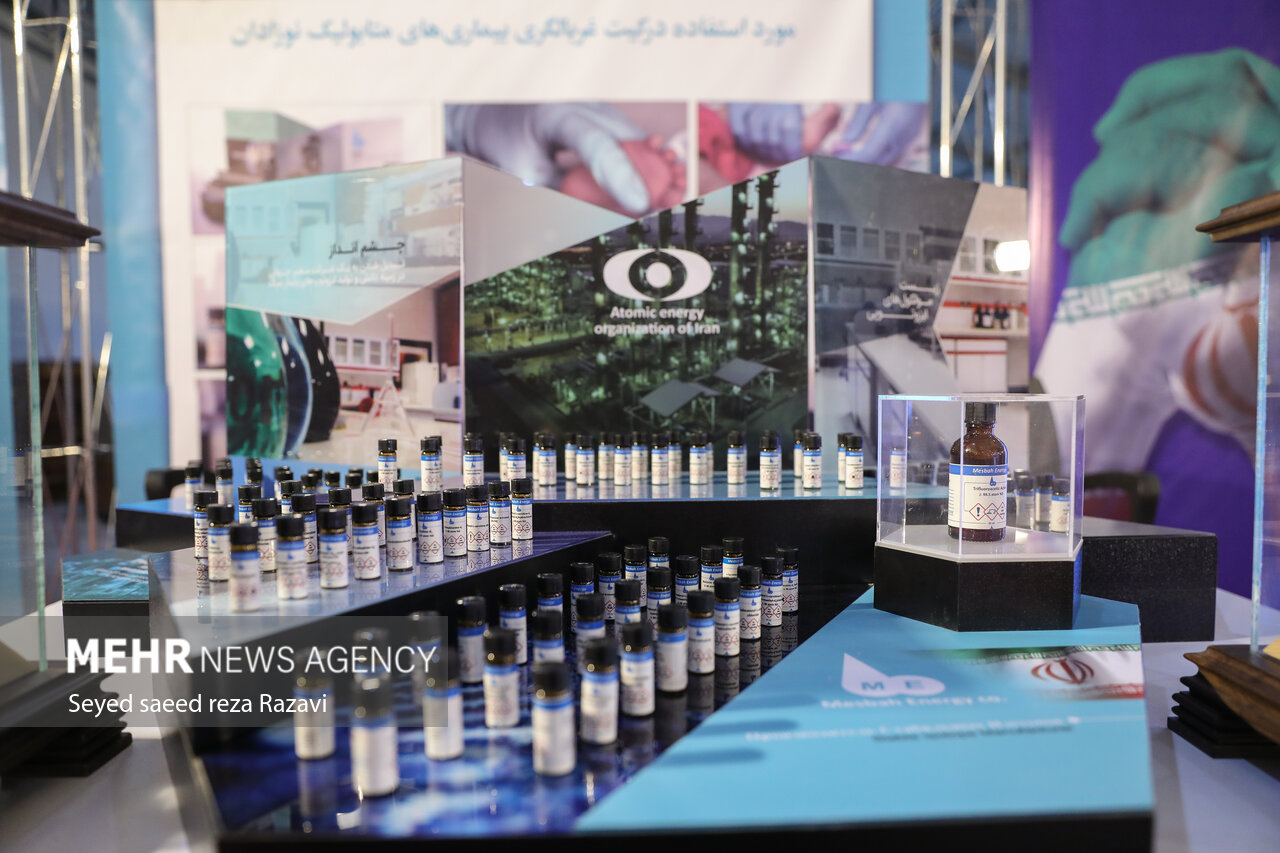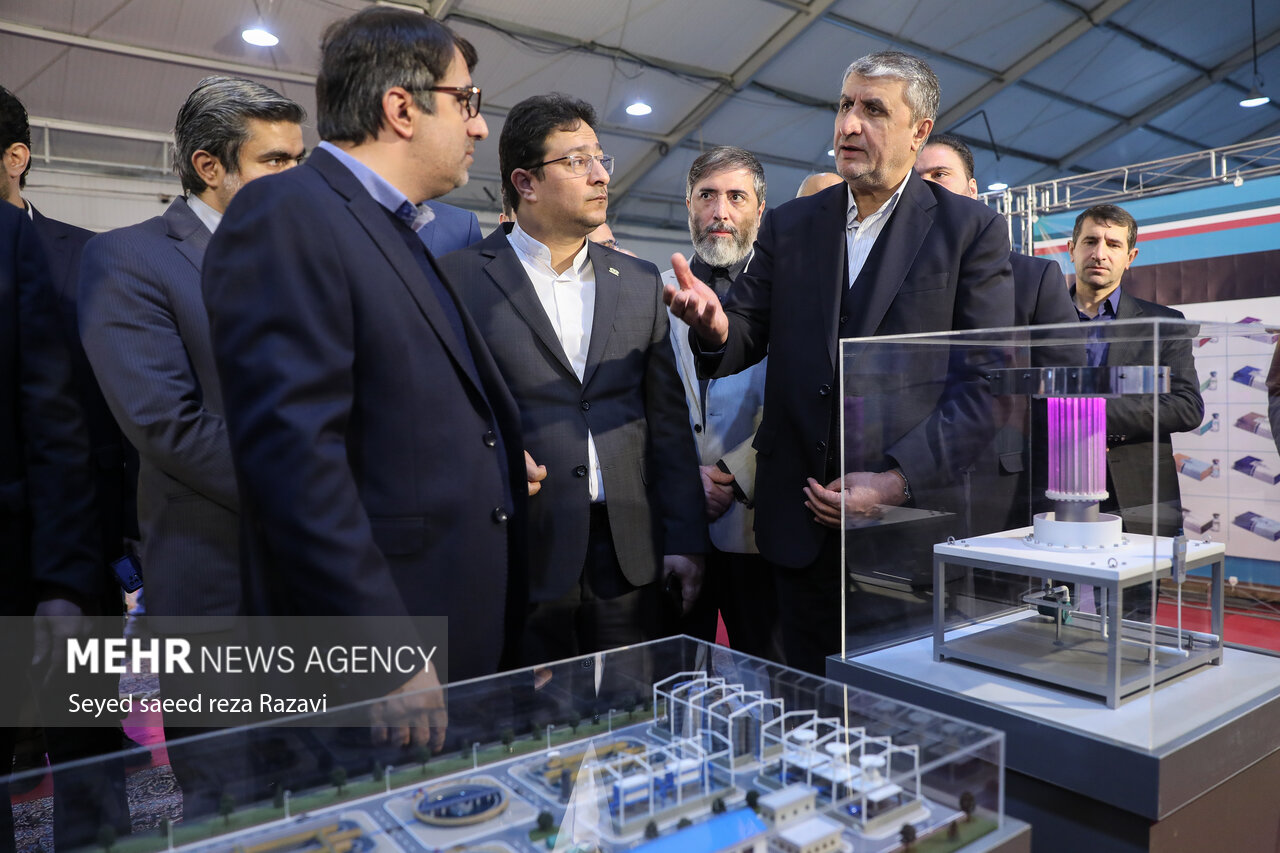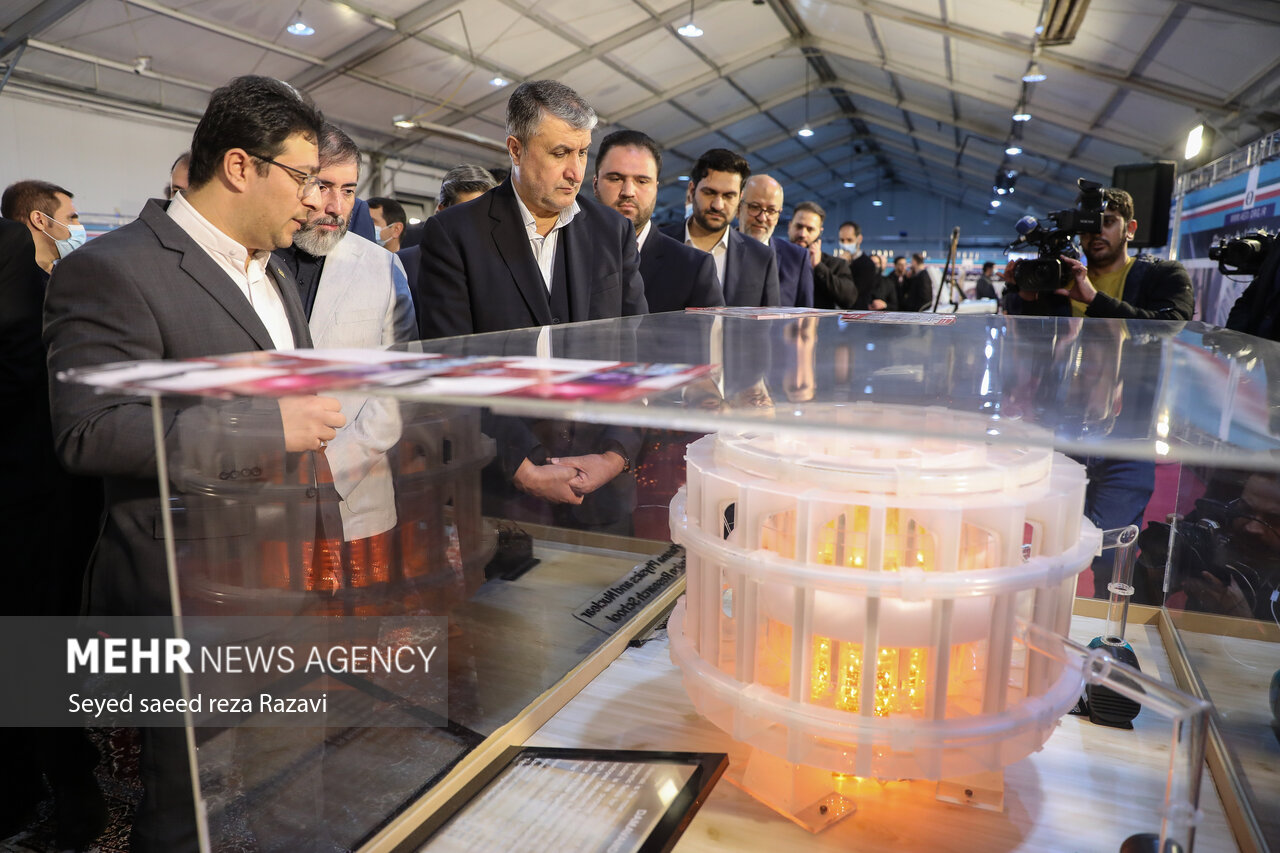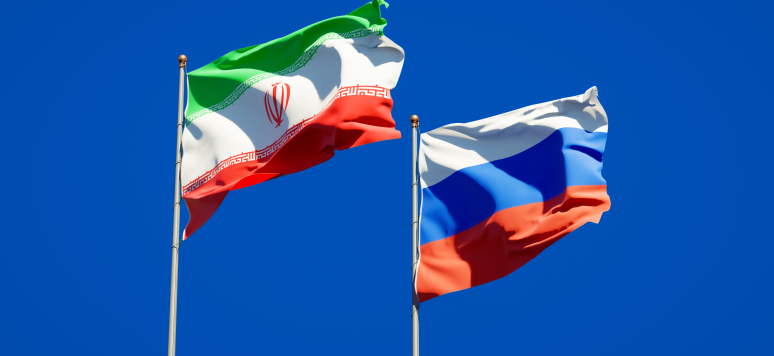Stryker1982
SENIOR MEMBER

- Joined
- Oct 5, 2016
- Messages
- 4,864
- Reaction score
- -2
- Country
- Location
B61 is a gravity bomb, recently converted to be compatible with the F-35. Specifically the Israeli F-35 as well. Such a gravity bomb could be a secret weapon they are holding in case they need them. I don't discount this potential scenario. Their is no nuclear hypersonic gliders made by the USA yet. They are still working on their conventional one. Their primary means is delivering through subsonic cruise missiles or ICBMs. ICBMs having a much higher CEP.Iranian nuclear Sites seem not to be save against nuclear earth penetrating attack.
" (..) a tunnel buried 2km deep would be squeezed by the rocks"
"(..) tactical nuclear warhead could trigger seismic activity which would release total energy up to 1,000 times that produced by the weapon itself"
" (..) B61 nuclear bomb(...) has a yield ranging from 0.3 to 50 kilotons (..) can be delivered by hypersonic missile to evade missile defence systems"
"(..)destruction caused by a nuclear bunker buster using the latest technology could reach three to 10 times deeper underground than previously thought."
Thanks to @Stryker1982 mentioning this youtube channel in the chill thread. I watched all videos on the same time i read your Post.
All began with watching this analyse:
After that I researched for this topic and found following sources:
South China Morning Post
Yahoo Article with reference to South China Morning Post
Interesting comment by user on that topic (Yahoo)
Main Source: Li Jie, lead project scientist with the Army Engineering University of PLA in Nanjing, Jiangsu province, in a paper published in the peer-reviewed Chinese Journal of Rock Mechanics and Engineering
Opinion:
if this is true, hardly any bunker is unassailable. So a relatively small nuclear weapon could destroy almost any bunker. This danger applies not only to Iran's nuclear facilities, but also to the nations that could be planning such an attack against Iran.
Through the development of hypersonic weapons, any air defense would have no chance for the time being, especially since it cannot be guaranteed that every air defense can be maintained over the entire duration of a war at any time and in any place. In other words, a state is reached in which one party can inflict damage on the other and that (when using a weak warhead with a large depth of penetration into the earth) little to no fallout occurs and every target is eliminated.
Previously there were 2 obstacles that would have prevented such weapons from being used.
1.) Nuclear fallout would outlaw any aggressor internationally. If Israel or the US plans to attack Iran with a small nuclear warhead deep underground without any fallout, they could do so now if the warhead penetrates deep enough into the earth.
Conclusion:
Under these circumstances, there is no other option for Iran than to necessarily produce its own nuclear weapons. That would be the absolutely necessary logical consequence of these developments.
Question:
What is your opinion about that new development? Would you take it serious?
What impact will have such a development on iranian strategy or specially on irans enemy strategy ?
Would the inhibition threshold of the West now be lower to equip e.g. a hypersonic missile with a 1 kt warhead and then detonate it 60 meters underground, e.g. at Fordow or the underground missile cities? Or would this only be one of the last options in the context of a war?
You will definitely get seismic activity with usage, but 1000 times is rather bullshit and an exaggeration. Depending on use of a B61- Mod 11 you can probably get 5 MT earthquake and beyond, which is very dangerous for underground facilities.
B61 Mod 11 would be the main and most likely system to be used.
B61 does not have to penertate very deep to still be quite dangerous, an F-35 can drop multiple 10kt bombs simultaneously, and while I can't say for sure, even if it does a small penetration of a few meters, the shockwave through granite mountains would be quite heavy.
One of this issues with Fordow is that it is old relatively, and less secure then some new missile bases which run deeper through more complex geography. Iran is far far more head in construction engineering today than it once was. Fordow, relatively is much more simpler than some of these other bases in West Azerbaijan, Haji Abad, Kermanshah etc... Tech has change alot since the early 2000s, from both Iran and it's enemies.
The new expansion of Natanz they are doing is set to be more secure, more deeper and complex than Fordow by far. My impression is they don't want to rely on Fordow and prefer to create more means of protection in more sites. Because of the IAEA restrictions, they can't build a new one from scratch in a super secure location, so they resort to expanding existing facilities, but Fordow is not geographically suitable for it.
As for your Q's
What is your opinion about that new development? Would you take it serious?
Forget about Israeli conventional bunker busters, which would not be successful against Fordows hard rock granite, even with detonation inside. They would have to conduct repeated attacks with conventional munitions over and over and over again to create instability in the tunnel network. Israel would have to use several B61-11's (nuclear) to collapse the sites. For example, for Israel to carry a GBU-28 all the way from Israel to Fordow would require alot of refueling capability, and force reduced loadout to compensate for the weight. The GBU-28 is said to be able to penetrate 6m of concrete, let alone UHP Concrete or granite. I only take the nuclear threat seriously.
What impact will have such a development on iranian strategy or specially on irans enemy strategy ?
They would already be aware of their capabilities at destroying these sites. They created the GBU-57 (30,000lb) bomb specifically to target Iranian nuclear facilities and by extension against any enemy with well protected facilities. Again of course, not a capability Israel has and requires SEAD/DEAD to enter deep into Iran with a B-52.
Nothing much has changed in the equation. USA is the only country which can use super heavy conventional munitions in large enough quantities to destroy deep sites, but this requires heavy SEAD/DEAD operation under missile fire. They already know this. It doesn't change the fact that Iran can still enrich uranium in secret with its highly efficient IR-9's, and it can be done in even a easily disguised warehouse building. One of the purposes of these sites is to kill the idea of a swift stand-off decapitation strike via conventional means which is complete. Same as before regarding Israel, nuclear weapons is essentially a mandatory requirement to successfully destroy the programs overt sites (with no guarantee of long term success).
Only the US is capable with conventional means, Israel is not. However, if USA provides B61-11 to Israel, they may find much more probability for success using them compared to the limited damaged they can do with only conventional means. This ultimately changes 1 equation. That is, the best defense is a 2000km max range missile with 10kt nuclear warhead at minimum with atleast 25 warheads
Would the inhibition threshold of the West now be lower to equip e.g. a hypersonic missile with a 1 kt warhead and then detonate it 60 meters underground, e.g. at Fordow or the underground missile cities? Or would this only be one of the last options in the context of a war?
In the absence of total air superiority, use of nuclear warheads would be the only option.
The few US hypersonic missiles they are developing won't have alot of penetration power. After separation of the booster from the warhead with subsequently release of the glider from the nose, it wouldn't have the needed weight & performance to be comparable with their GBU-57. GBU-57 is slated to penetrate 60m at most and that is a 30,000lb bomb. Nuclearize the warhead of a hypersonic glide vehicle with 50kt warhead, and their would certainly be a problem.
Last edited:












